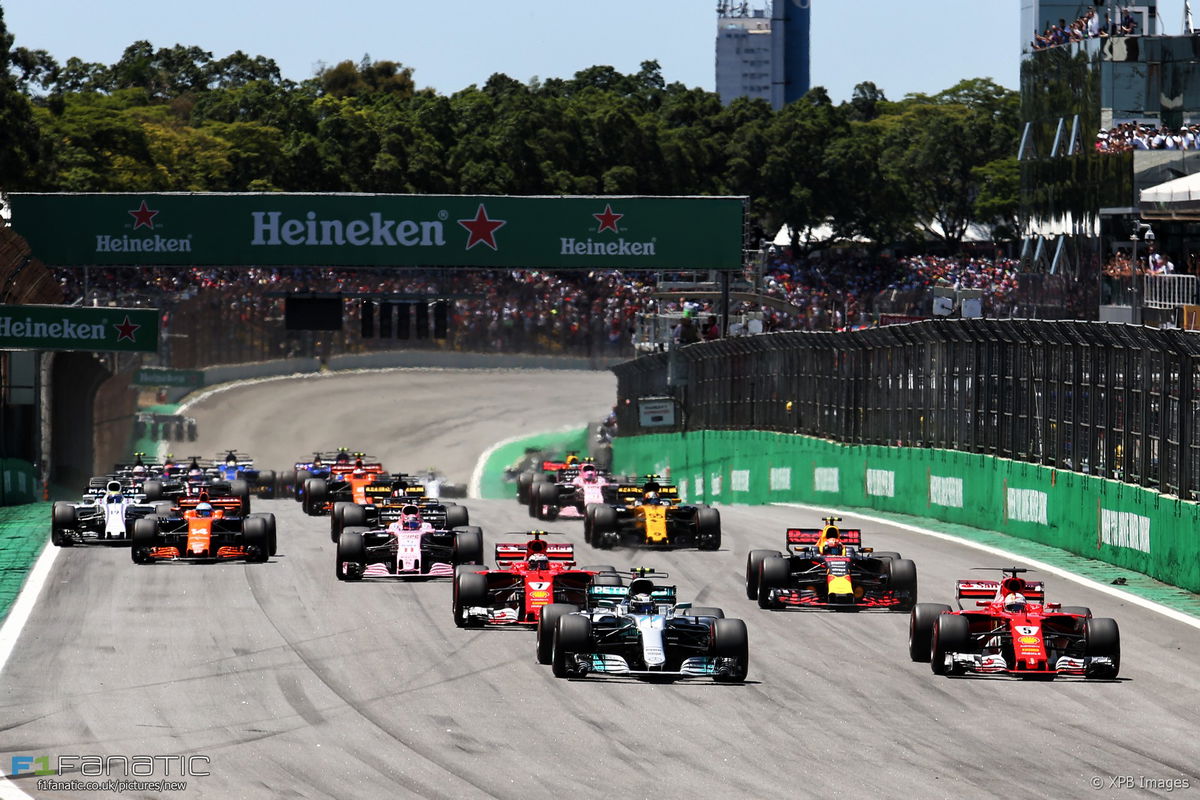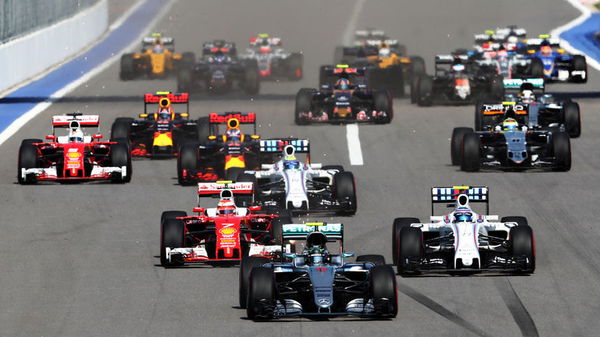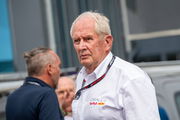

Amid the COVID-19 crisis, a few Formula One teams came up with the Project Pit-lane initiative. Their goal was to donate 20,000 ventilators and help in the fight against the pandemic.
Watch What’s Trending Now!
At least seven teams contributed their technology and worked together to combat the pandemic. They all responded to the government’s request for aid when they helped create numerous medical devices.
Apparently, the National Health Services needs at least 18,000 ventilators for hospitals in the country. So, the local government has been trying to gather resources in the event that the number of coronavirus cases peak.
ADVERTISEMENT
Admittedly, the Cabinet Office confirmed a provisional request for a 1000 units of a BlueSky model. However, they rejected the request, because clinicians did not green light the devices, on the grounds of sophistication.
There were no formal orders for the devices, nor were they paid for, so using them was out of question without regulatory approval.
ADVERTISEMENT

ADVERTISEMENT
Where did the Formula One teams go wrong?
The good news is that the BlueSky machine fulfils its goal of providing ventilation for patients. However, the Medicines and Healthcare products Regulatory Agency, and top clinicians ruled it out for its inability to treat coronavirus cases effectively.
They maintained that there is a fear of fluids building up in the lungs of COVID-19 patients quickly. So, these devices need to be switched to another setting when the patients’ lungs are being cleared. As it turns out, the BlueSky device does not allow for this kind of flexibility.
ADVERTISEMENT
Despite this none of the Formula One teams are going to stop trying to provide aid. The Mercedes team repurposed its Brixworth engine facility to help manufacture Continuous Positive Airway Pressure breathing aids.
Top Stories
Who Are Lando Norris’s Parents? Meet Adam Norris and Cisca Wauman

Max Verstappen’s Siblings: Everything We Know About Victoria, Blue Jaye, Jason Jaxx, and Mila Faye

“Filthy Games Were Played”: Helmut Marko Buries Christian Horner for Conspiring Against Him

Fans Celebrate Lewis Hamilton’s First Title As McLaren Crowns F1 Champ ‘the GOAT’

Who Are Yuki Tsunoda’s Parents? Everything You Need to Know About Minako and Nobuaki Tsunoda

According to an F1 spokesperson, Aston Martin and Red Bull are firmly dedicated to fighting the pandemic. However, people are still in the process of testing these machines in clinical trials
The health authorities are also reviewing other prototypes for approval. Penlon created a similar device, with backing from Airbus and Rolls Royce. Many expect it to win approval as it varies slightly from pre-approved devices.
ADVERTISEMENT
ADVERTISEMENT
ADVERTISEMENT
ADVERTISEMENT

